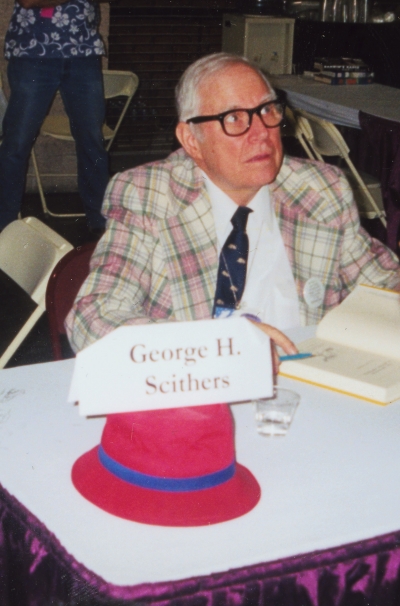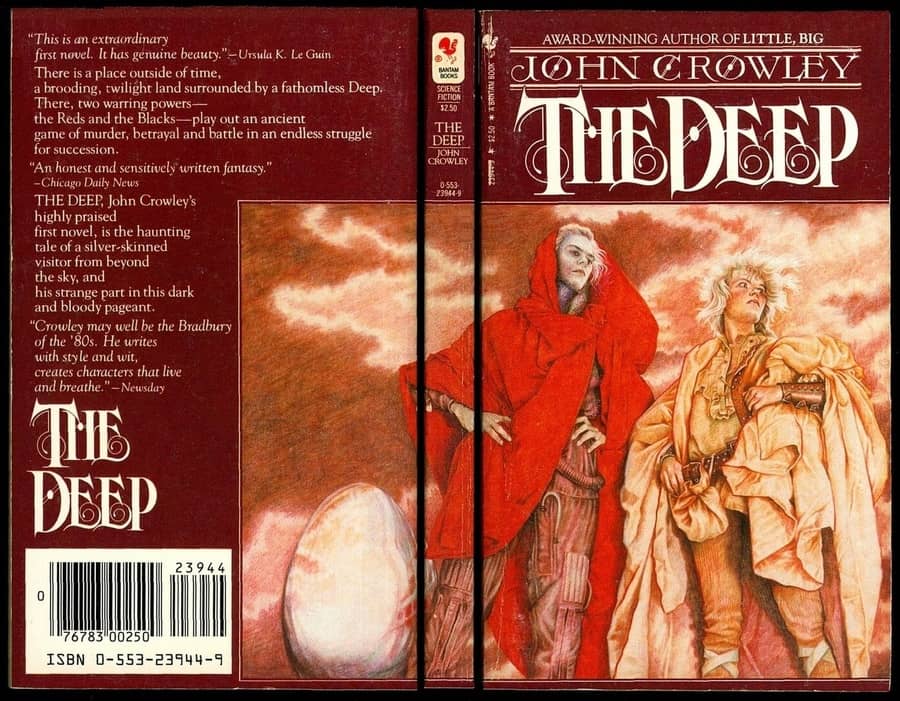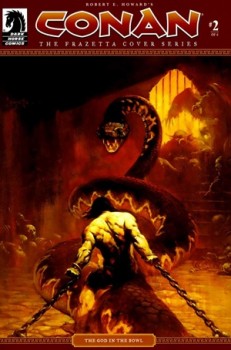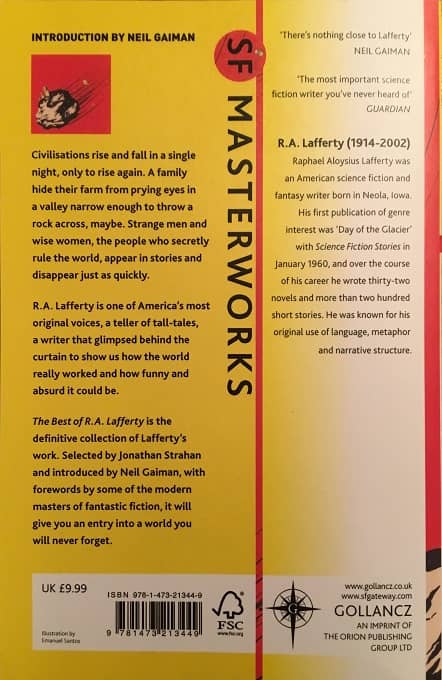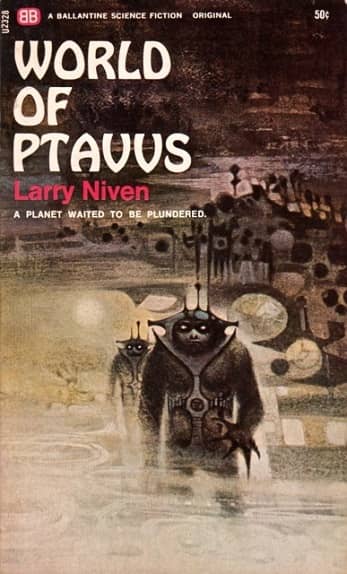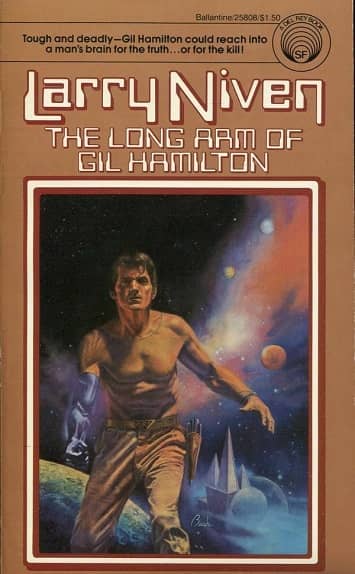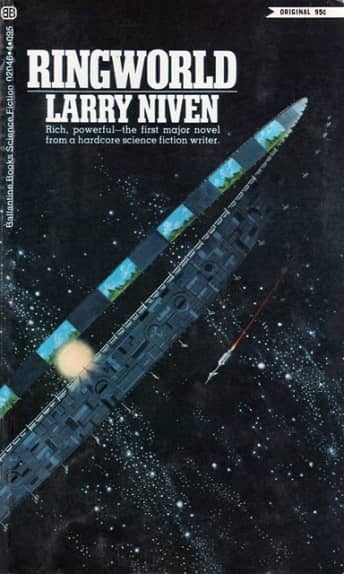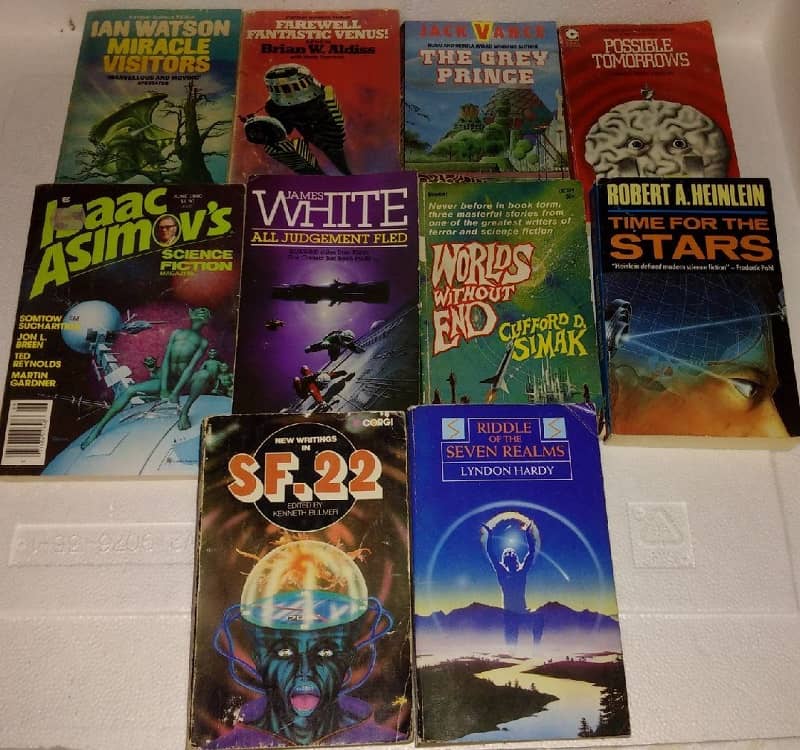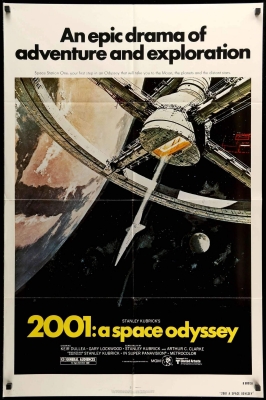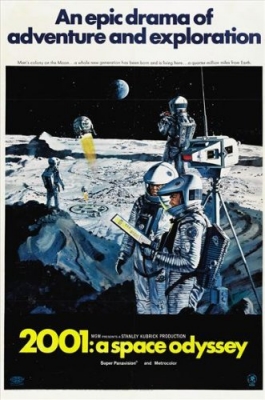A New Gem from a Seasoned Master: Guy Gavriel Kay’s A Brightness Long Ago
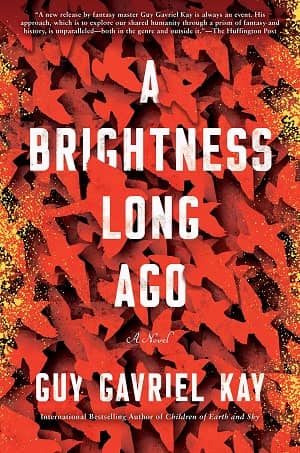 By any measure, Guy Gavriel Kay is a giant in the field of fantasy. He has won a World Fantasy Award (for Ysabel in 2008) and been nominated for three others. He has won the Aurora and Sunburst awards, and in 2014 was made a member of the Order of Canada. Even before the release of his first series, the critically acclaimed Fionavar Tapestry (The Summer Tree, The Wandering Fire, The Darkest Road) Kay had already established himself as an important figure in the fantasy world by editing The Silmarillion with Christopher Tolkien. Every one of his thirteen novels has enjoyed stunning critical success. And on a personal note, his work, with its lyrical prose, insightful character work, and brilliant world building, has been an inspiration to me throughout my career.
By any measure, Guy Gavriel Kay is a giant in the field of fantasy. He has won a World Fantasy Award (for Ysabel in 2008) and been nominated for three others. He has won the Aurora and Sunburst awards, and in 2014 was made a member of the Order of Canada. Even before the release of his first series, the critically acclaimed Fionavar Tapestry (The Summer Tree, The Wandering Fire, The Darkest Road) Kay had already established himself as an important figure in the fantasy world by editing The Silmarillion with Christopher Tolkien. Every one of his thirteen novels has enjoyed stunning critical success. And on a personal note, his work, with its lyrical prose, insightful character work, and brilliant world building, has been an inspiration to me throughout my career.
It is no exaggeration to say that the release of a new Guy Gavriel Kay novel is always a notable event in our genre. The May 14 publication of his latest work, A Brightness Long Ago (Berkley), promises to be no exception. Moving, intriguing, surprising, and ultimately deeply satisfying, it ranks with Tigana, The Lions of Al-Rassan, Ysabel, and Under Heaven as one of Kay’s very best.
A recitation of the plot of A Brightness Long Ago hardly does justice to the richness of this narrative. An old man, Guidanio Cerra, reflects on his past, in particular his life-altering romance with a young noblewoman, Adria Ripoli. They first meet on a night in Danio’s youth when Adria has come to the city-state of Mylasia, posing as an innocent who has been sent to satisfy the sadistic sexual appetites of Mylasia’s Count Uberto. In reality, she has come to assassinate the Count. But Adria is wounded in their encounter and is unable to flee the palace without help. Danio knows the count was a brute, and he admires Adria’s strength and courage, as well as her beauty. He also knows of her noble heritage. He offers his aid, allowing her to evade capture.
They next meet when Adria rides a mount in the famed race of Bischio. It is rare for a woman to ride, unheard of for the daughter of a noble house to do so, though in this, too, she attempts to keep her identity hidden. The extravagant wagering on the race attracts the notice of rival mercenary commanders, Teobaldo Monticola di Remigio and Folco Cino d’Acorsi, and the contest’s unexpected outcome draws Danio into the drama of the men’s blood feud.
To reveal more would be to spoil some truly wonderful moments of drama, suspense, passion, tragedy, and vengeance. It is enough to say that the pace of this tale does not flag.
